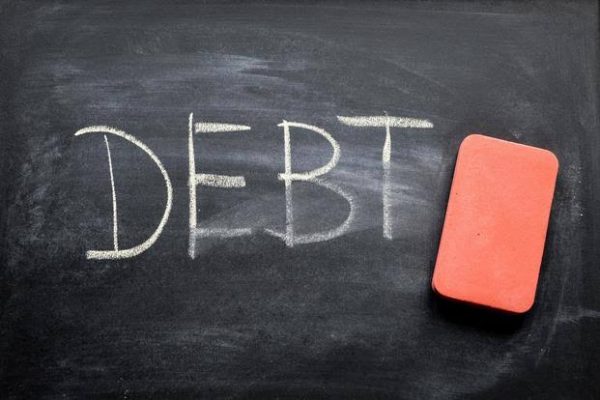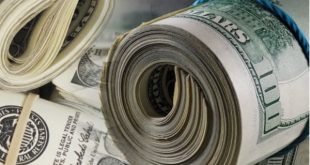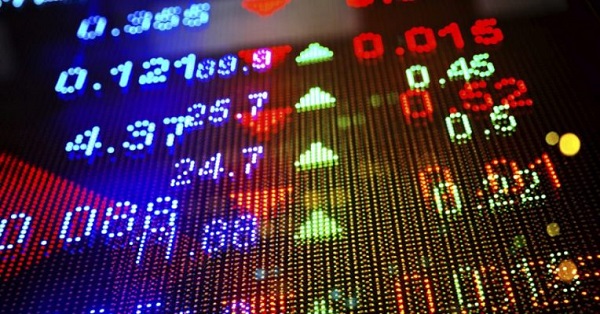The figures have been on a downtrend since August 11 after what appeared like a rally turned out to be a breather from the bearish trend of the past year.
The reserves had risen from an over one-year low when the gross component touched $33.09 billion and the liquid portion estimated at $32.85 billion. Thereafter, a gradual but consistent accretion started, hitting an average of $33.45 billion on August 10 in a fleeting rally.
The figure could only regain 1.5 per cent of its losses when it started a retracement on August 11. The modest rally, which lasted for a month, had raised hope on the outlook of the country’s external reserves.
Last week, the gross reserves closed at $33.52 billion while the liquid (or available) form was $33.24 billion, bringing the average figure to $33.38 billion.

A longer timeframe than the past two weeks’ performance is needed to establish whether the last two week’s move is a trend or could be dismissed as a noise.
If it continues, figures could plunge to where they were in early July or even lower and raise concern about the country’s ability to sustain its rising imports.
The increasing uncertainty about the international oil market sends a worrisome signal about the country’s near-term foreign exchange earnings and the health of the external reserve.
The country’s external balance position has worsened in recent times. In the first quarter of the year, the import to trade ratio was over 70 per cent.
Import bills have grown since 2019 while exports have either stagnated or fallen. Economists have described this as a major concern while calling for diversification of the external factors to reduce concentration risk associated with crude export.
Brent has shed about 15 per cent from its recent peak price, falling from $75 to $65 per barrel between June and August. Except global economic risk and fear over resurging COVID-19 ease out, oil prices could take more haircuts.
Hence, experts have seen the falling oil price blight on the country’s positive economic outlook and stable foreign reserve.
The new figure puts the country’s reserve per capita at $167, which is very low compared to its peers in Africa and other developing regions. South Africa’s external reserve per capita is above $900 while that of Egypt is about $400. Also, the reserve per capita of Nigeria’s neighbouring Ghana is $246.
The Guardian had reported that Nigeria’s external reserves is the poorest among oil-producing countries. With a population of 35.3 million, Saudi Arabia’s foreign exchange (FX) reserves per capita is over $12,000 while that of Nigeria is about $170 billion. Other oil-producing countries such as Kuwait, Libya, United Arab Emirate (UAE), Iraq, Iran and Qatar are ahead of Nigeria in both real and nominal reserves.
Economists assess the strength of the reserves based on its import cover. In many cases, a minimum of six-month cover is recommended.
In a mid-year economic review recently, Chief Consultant of B.Adedipe Associates, Dr. Biodun Adedipe said the country’s reserves could still fund its estimated six-month imports, hence no near-term risk was envisaged.
But the validity of this argument will be tested in the coming quarters as the volume of imports continues to rise on the back of stagnated or falling reserves.
 MMS PLUS NG – Maritime, Aviation, Business, Oil and Gas News Online Newspaper with coverage in Maritime, Oil and Gas, Aviation, Power and Energy as well as Financial News
MMS PLUS NG – Maritime, Aviation, Business, Oil and Gas News Online Newspaper with coverage in Maritime, Oil and Gas, Aviation, Power and Energy as well as Financial News










